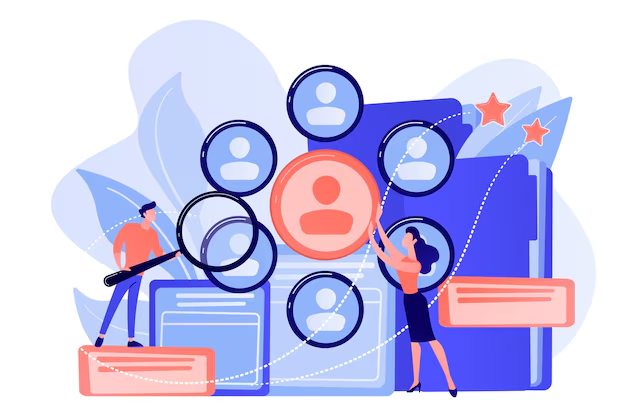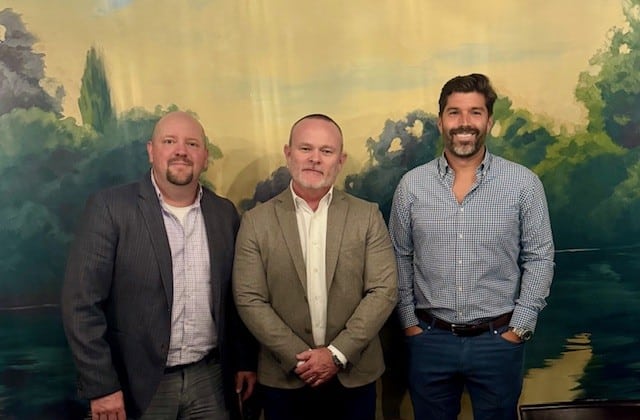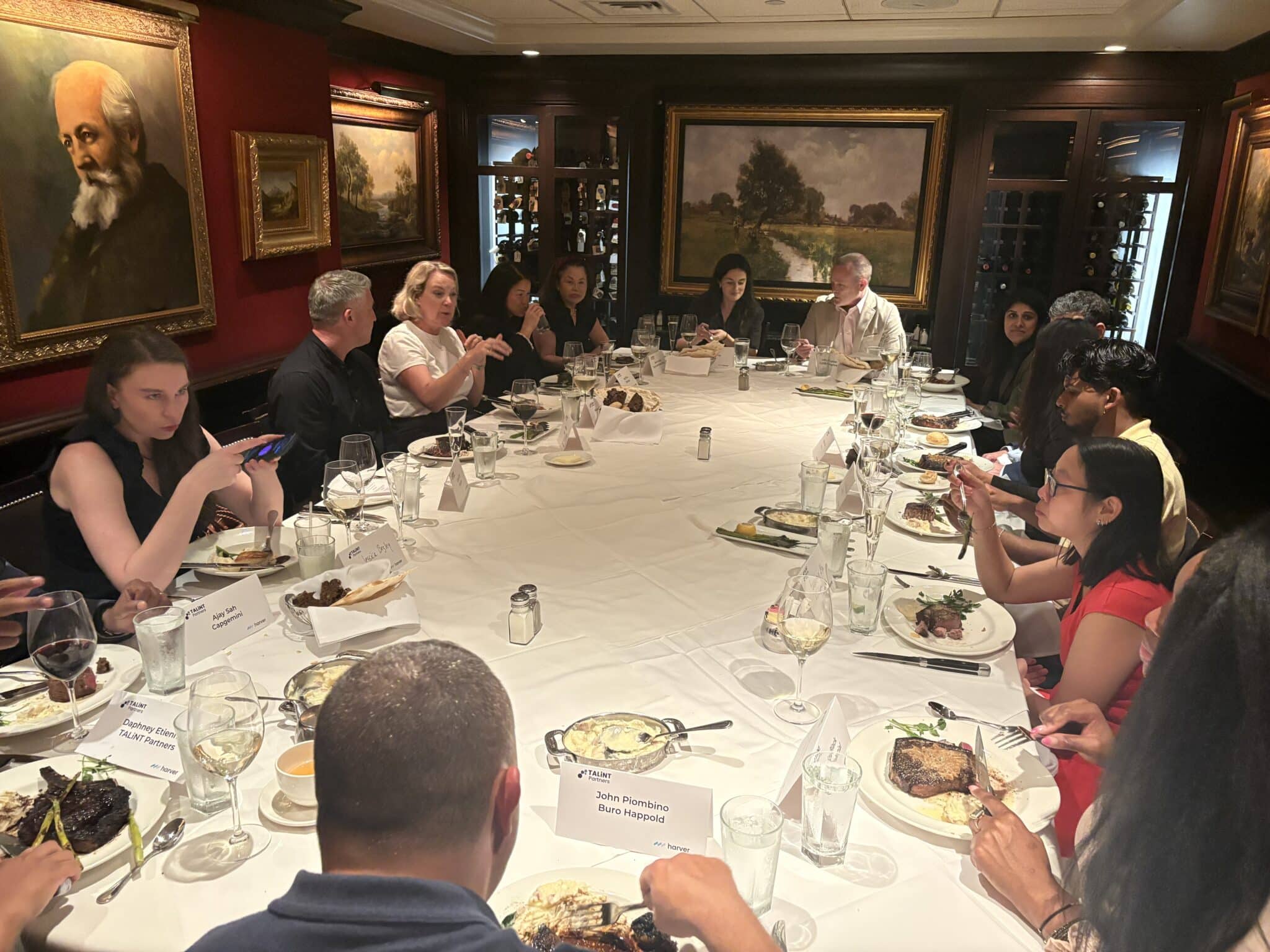The Asia-Pacific (APAC) region is experiencing a dynamic shift in Talent and HR, not only including strategies and policies, but also legislation and regulatory changes, making our workforce challenges more complex than they have ever been. The APAC region, is most certainly has a diverse and dynamic economic landscape, and often global financial downturns do not take effect here until latter stages, or simply don’t affect us as much as other regions. With that said, we are however grappling with several significant Talent and HR challenges. As we move through 2024, understanding and addressing these issues is paramount for organisations aiming to stay competitive and resilient.
Here are some of the most significant challenges faced by Talent and HR professionals and organisations in the region, from my personal perspective and some of the top priorities that HR leaders in the APAC region should focus on, and invest in:
Talent attraction in a competitive market (not new but evolving consistently)
The healthcare sector in APAC is experiencing a significant shortage of skilled professionals, making talent attraction highly competitive. High demand for skilled professionals and the lingering effects of COVID-19 border closures have made attracting international talent more difficult. Organisations must develop innovative recruitment strategies, such as using technology and AI-driven tools and introducing People Analytics. Creating a strong Employer Brand that emphasises career growth and commitment to diversity and inclusion can also help attract top talent.
Employee engagement and retention (4 generations of workers adding complexities to EX)
Employee burnout and retention issues are critical challenges, especially in the healthcare sector, where high workloads and stress levels are prevalent. Engaging a multi-generational workforce, including Gen Z, requires tailored approaches that address their unique needs and preferences. Organisations should invest in continuous learning and development programs, transparent career pathways, and initiatives that promote work-life balance to keep employees engaged and reduce turnover rates.
Navigating visa and immigration complexities (with changing legislation and regulations)
Stringent visa regulations and processing delays pose significant hurdles for hiring international talent, even post-COVID. Compliance with varying immigration laws across different APAC countries adds to the complexity. HR & Talent leaders must stay abreast of regulatory changes and work closely with immigration experts to streamline the hiring process and ensure compliance. Developing robust credential verification processes and bridging programs can help international hires meet local requirements and integrate smoothly into the workforce.
Ensuring regulatory compliance
Adhering to diverse and evolving healthcare regulations, among many other industry sectors, across APAC countries is challenging but essential. Organisations must invest in compliance management systems and stay updated on regulatory changes to avoid legal pitfalls, or approach legal teams from both sides of the pond prior to engaging skilled overseas talent. Ensuring data privacy and maintaining high standards of workplace safety are critical components of regulatory compliance. Leaders should foster a culture of compliance and provide regular training to employees to navigate these complexities effectively.
Adapting to technological advancements
The rapid pace of technological advancements presents both opportunities and challenges. Integrating new technologies into workforce practices can enhance candidate and employee care and operational efficiency. However, it also requires significant investment and training to ensure that employees can effectively use these tools. Talent & HR leaders should focus on upskilling their workforce and fostering a culture of innovation to stay ahead of technological trends.
Addressing economic and demographic shifts
Economic instability in some APAC countries can affect funding and resources. Additionally, an aging population increases the demand, exacerbating talent shortages. Organisations must develop strategic workforce planning initiatives that account for these demographic shifts and economic factors. This includes creating flexible work arrangements, investing in employee well-being, and exploring alternative talent pools to meet the growing demand.
Leadership and manager effectiveness (or lack there of)
Great leaders aren’t born; they’re developed through strong programs focusing on skills like empathy, communication, and strategic thinking. Investing in leadership development ensures organizations have capable leaders who drive growth and face challenges, not just managers who dictate tasks. Companies must also emphasise continuous learning and mentorship to build a leadership culture at all levels. With Gen-Z rising quickly, they will be our future leaders in less than half the time it took previous generations.
Diversity & inclusion
Diversity and Inclusion (D&I, DEI, DEIB, or whatever acronym you use) are not just buzzwords and I know this statement is overused and underappreciated; DEI is a critical component of a thriving workplace. Organisations must move beyond mere representation to fostering a culture of inclusivity and respect. This involves creating flexible work environments, promoting cultural intelligence, and ensuring leadership commitment to DE&I goals. By prioritising DE&I, companies can attract and retain top talent from diverse backgrounds, enhance employee engagement, and build a positive company culture that drives innovation and success
Conclusion
The APAC region’s multifaceted industry sectors face a myriad of Talent and HR challenges that require innovative and strategic solutions. By focusing on talent attraction, employee engagement, regulatory compliance, technological advancements, and adapting to economic and demographic changes (I know this is a lot of things to focus on and invest in!), Talent, HR & Workforce leaders can navigate these complexities and build a resilient workforce. The key lies in proactive planning, continuous learning, and fostering a culture of innovation and inclusivity.





